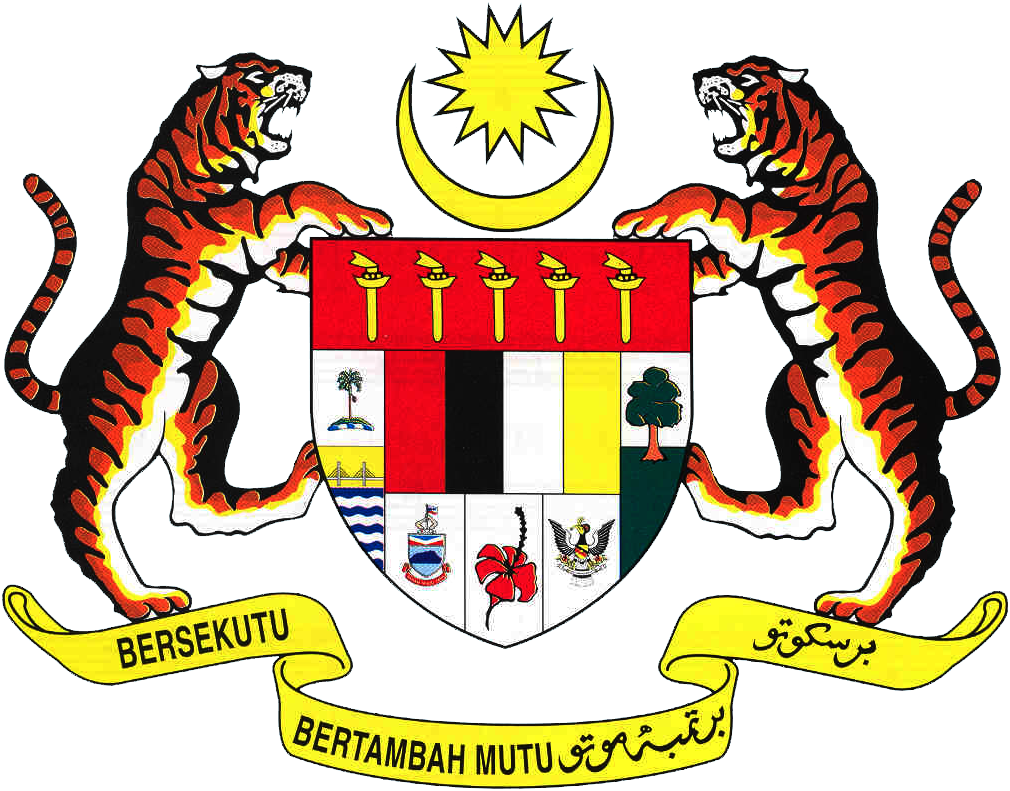About
WHAT IS REDD PLUS
REDD+
REDUCING EMISSIONS FROM DEFORESTATION AND FOREST DEGRADATION
+ in the role of convervation, sustainable management of forest and enhancement of forest carbon stocks in developing countries

What is REDD
?
Globally, deforestation and forest degradation account for 11 per cent of greenhouse gas (GHG) emissions, more than the entire global transportation sector and second only to the energy sector.
In response, Parties to the United Nations Framework Convention on Climate Change (UNFCCC), which Malaysia is one, have developed a climate change mitigation approach designed to incentivise developing countries to reduce carbon emissions from deforestation and forest degradation. This mitigation approach is known as REDD+ and is defined as “reducing emissions from deforestation and forest degradation in developing countries, and the role of conservation, sustainable management of forests and enhancement of forest carbon stocks”.
REDD Plus aims to incentivize developing countries to reduce emissions from deforestation and forest degradation, conserve forest carbon stocks, sustainably manage forests and enhance forest carbon stocks. By doing so, they contribute to climate change mitigation actions in the forest sector by:
- reducing carbon emissions from deforestation;
- reducing carbon emissions from forest degradation
- conservation of forest carbon stocks;
- sustainable management of forests; and
- enhancement of forest and carbon stocks
How does REDD Plus benefit Malaysia?
Developing countries that meet UNFCCC REDD Plus requirements, including Malaysia, will receive results-based payments (RBPs) for verified emissions reductions. As such, REDD Plus creates an incentive for these countries to reduce emissions from forests, and invest in low-carbon paths to sustainable development.

By implementing REDD Plus actions, countries will contribute to conserving their national biodiversity and to the global fight against climate change. In addition to the environmental benefits, REDD Plus also offers social and economic benefits. Most recently, it is being integrated into green economy strategies.
REDD Plus is also a tool to realise achievement of the transformative 2030 Agenda for Sustainable Development adopted by world leaders in September 2015. The new agenda calls on countries to begin efforts to achieve 17 Sustainable Development Goals over the next 15 years. While REDD Plus is directly linked to Climate Action (goal 13), it can also play an important role towards Responsible Consumption and Production (goal 12), Gender Equality (goal 5), Life on Land (goal 15), and Decent Work and Economic Growth (goal 8) among others.
Why is REDD Plus important?
Deforestation and forest degradation have long been recognized as significant sources of carbon emissions, as trees store carbon and when they are destroyed this carbon is released into the atmosphere contributing to greenhouse gases that cause climate change.
As up to 11 per cent of carbon emissions are caused by deforestation and forest degradation, it is important that the reduction of these emissions is part of the global plan to fight climate change. REDD Plus is the identified mechanism to do so.
In addition to their carbon storage role, forests are valuable in many other ways. This includes water regulation, soil protection, non-timber forest products including food and fibre, climate regulation and biodiversity. In fact, it is estimated that 1.6 billion people depend on forests. As such, by conserving forests, REDD Plus offers a broad range of social, environmental and economic benefits to developing countries and forest communities.
What are the phases of REDD Plus?
The UNFCCC defines the three phases of REDD Plus as:
Countries design national strategies and action plans with relevant stakeholders, build the capacity to implement REDD Plus, work on REDD Plus related policies and measures, and design demonstration activities.
National strategies, policies and action plans proposed in Phase I are demonstrated and tested. This may include results-based demonstration activities and may require additional capacity building, technology development and transfer.
Results-based actions are implemented at the national level and results are fully measured, reported and verified. Countries can access results-based payments when they have completed the reporting, assessment and analysis processes under the UNFCCC.
Sources: UN REDD

